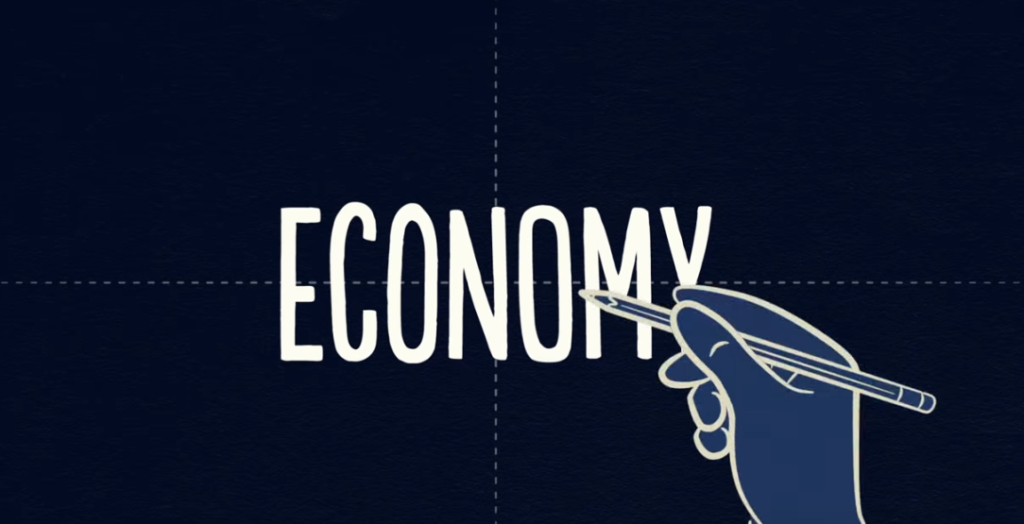How The Economic Machine Really Works

this economic template which covers:
- Productivity Growth
- Short-Term Debt Cycle
- Long-Term Debt Cycle
Transactions are the building blocks of the economy. You take part in numerous transactions every day; it’s what we do. Basically, if you understand transactions, you can understand the entire economy.
What is a Market? It consists of all the buyers and all of the sellers making transactions for the same types of things. For example, there is a Wheat Market, a Car Market, a Software Market, etc.
The economy is the sum of all the transactions from all of the markets. It is money and credit exchanged for goods and services. The biggest driving force in the economy is the government. The government is broken down into two parts: The Central Government which collects taxes and spends money and the Central Bank which controls the amount of money and credit in the economy. It accomplishes this by influencing interest rates and printing new money.
The Central Bank’s primary role is that of credit. This is the least understood, but most important part of the economy. Simply put, there are borrowers and lenders. The lenders what their money to make more money and the borrower wants something they can’t afford to pay with cash, like a house or starting a new business.
The transaction is also simple; the borrower promises to pay back what they borrowed, called principle, plus a little bit more which is called interest. So when interest rates are high, there is less borrowing because the transaction is expensive. When interest rates are low, borrowing increases because it is cheaper.
The reason credit is so important to the economy is because it increases the spending power of the consumer and more spending means the economy is growing. Think about it, every time you spend a dollar, that dollar turns into someone else’s income. So when you spend more, someone else earns more. When someone earns more, lenders are more willing to lend more because he is “more credit worthy.”
A credit worthy borrower has two things lenders like. The ability to pay and assets which can be used as collateral. In case the borrower can’t pay, the collateral is sold to pay the debt. Because one person’s spending is another person’s income, as this process compounds across the country, this creates “cyles.”
In a transaction, you have to give something to get something. And how much you get depends on how much you produce. Productivity matters most in the long-run and credit matters most in the short-run. This is because productivity growth doesn’t fluctuate much, so it isn’t a big driver in economic swings. So what is? Debt. The problem is that we get more than we produce in the beginning, but then spend less than we produce at the end since we are paying back what we received on credit. This is called The Debt Swing.
There are two primary Debt Swing Cycles, the first takes 5-8 years, and the other takes 75-100 years. It doesn’t matter how smart you are or how hard you work, all that matters is how much credit is available.
What credit is used for is a major factor. Much of what is being spent today is what is referred to as “feel good products” like TVs and gaming systems. These purchases are made to entertain us but don’t increase our earning power. However, if we were to buy a tractor which would allow us to harvest more crops, that would increase your productivity, which drives up your income.
Seems simple enough, so what is the problem? When the amount of spending and incomes grows faster than the production of goods, prices rise. This is what is called inflation. The Central Bank hates inflation, so when inflation happens, the Central Bank increases interest rates.